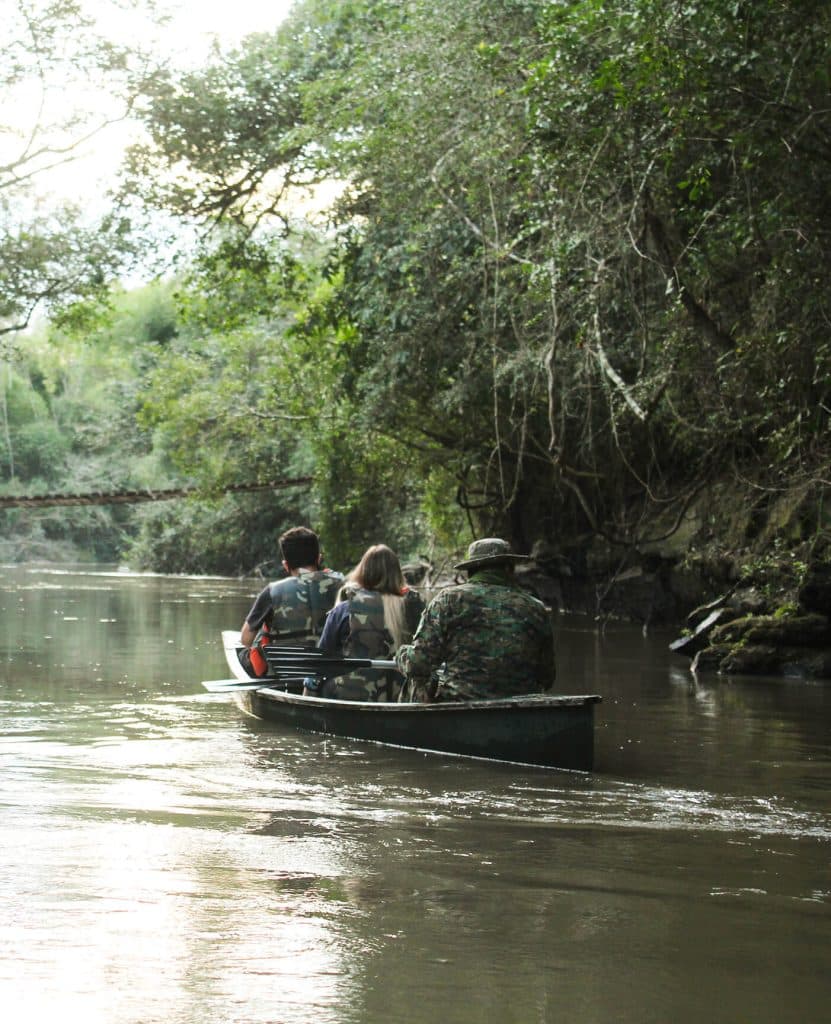Mbaracayú Forest Natural Reserve
The Mbaracayú Forest Natural Reserve is representative of two ecosystems of high conservation priority: the Alto Paraná Atlantic Forest (BAAPA) and the Cerrado. It is located in the Department of Canindeyú and is the best managed protected area in Paraguay, where various endemic and threatened species are conserved.
The Mbaracayú Forest Natural Reserve (RNBM) was created by National Law No. 112/91 on June 27, 1991, thus becoming the first private reserve in Paraguay.
It has 64.406 hectares and is the core area of the Mbaracayú Forest Biosphere Reserve (RBBM), located northeast of the Eastern region of Paraguay, in the Department of Canindeyú, Paraguay.
According to the ecoregional classification proposed by the Ministry of Environment and Sustainable Development (MADES) in 2015, the RNBM is located in a transition area between the ecoregions of the Alto Paraná Atlantic Forest and the Cerrado. And since the 2013 resolution, it is part of the ecoregion called Selva Central.
The entire RNBM is located in the Jejuí River basin, the second largest internal tributary of the Paraguay River, in Paraguay. The latter in turn integrates the Río de la Plata Basin.

Protection of biodiversity
1.269 plant species
Between pteridophytes (ferns) and phanerogams (higher plants)
93 mammal species
440 bird species
62 endemic species of the Alto Paraná Atlantic Forest – BAAPA
27 amphibian species
27 species of reptiles
1.145 species of insects
64 species of fish
Within the Mbaracayú Forest Natural Reserve, 19 natural communities have been identified, including: forests of variable height and structure, closed fields, estuaries, lagoons, grasslands, caves, rivers and springs.
These ecosystems present a great diversity of animal and plant species, having been recorded to date: 1.269 species of plants, including pteridophytes (ferns) and phanerogams (higher plants), 93 species of mammals, 440 species of birds (62 species endemic to the Alto Paraná Atlantic Forest – BAAPA), 27 species of amphibians, 35 of reptiles, 1.145 of insects and 64 of fish. Compared to other areas of similar size in Paraguay, the RNBM is the site with the highest number of threatened species (30).
The FMB manages the protected area under its administration in perpetuity through a highly participatory scheme, in which management plans are developed in meetings with local communities, and resorting not only to science, but to other sectors such as education, private initiatives and sustainable production, to achieve a harmonious balance between conservation and development.
We focus innovatively on sustainable development, for the generation of environmental, social and economic value.
ADDRESS
- Prócer Carlos Argüello N° 208 between Avda. Mariscal López and Avda. Guido Boggiani
- Asuncion, Paraguay
PHONE NUMBERS
- +595 (985)191 000
- Whatsapp: + 595 985 191 000
© 2023 Moises Bertoni Foundation
All rights reserved
Created by: